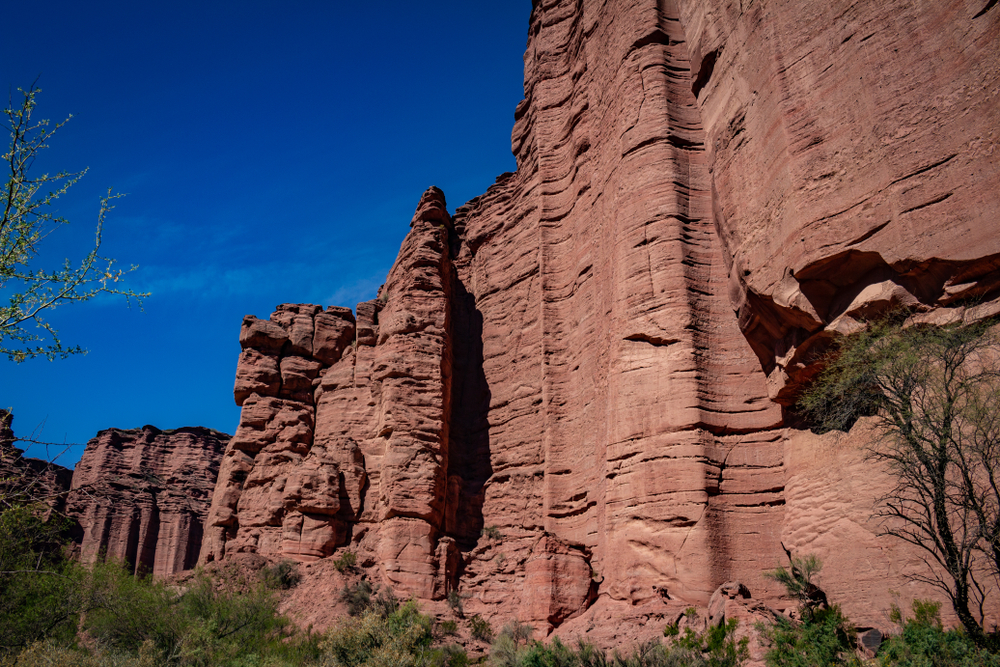Talampaya Overview
Talampaya National Park, located in the western part of the La Rioja Province in Argentina, is a UNESCO World Heritage Site celebrated for its stunning geological formations, rich paleontological sites, and significant archaeological value. Established in 1997, the park covers an area of approximately 2,150 square kilometers (about 830 square miles), offering a dramatic landscape that is both awe-inspiring and steeped in history.
The park is renowned for its towering red sandstone walls and rock formations carved by natural forces over millions of years. Among its most famous geological features is the Talampaya Canyon, a breathtaking gorge that rises up to 150 meters (about 490 feet) high. The canyon and surrounding areas showcase natural sculptures and formations, including the Monk, the Tower, and the Cathedral, which are testament to the erosive power of water and wind over the ages.
Beyond its geological wonders, Talampaya National Park is a treasure trove of paleontological and archaeological sites. The park has yielded numerous dinosaur fossils, making it an important site for scientific research and understanding the Earth’s prehistoric past. Additionally, ancient rock art, dating back thousands of years, can be found on the canyon walls, offering insights into the lives and beliefs of the indigenous peoples who once inhabited the region.
The park’s dry and rugged landscape is home to a variety of wildlife adapted to the harsh environment, including the guanaco, the Andean fox, and a diverse array of bird species. Despite the arid conditions, the park supports a unique ecosystem, with vegetation that includes cacti and bushes adapted to conserve water.
Visitors to Talampaya National Park can explore its natural and historical wonders through guided tours that traverse the canyon floor and surrounding areas. These tours provide an opportunity to experience the majestic beauty of the park’s landscapes, discover its ancient rock art, and learn about the natural processes that have shaped this extraordinary part of the world.
























































































